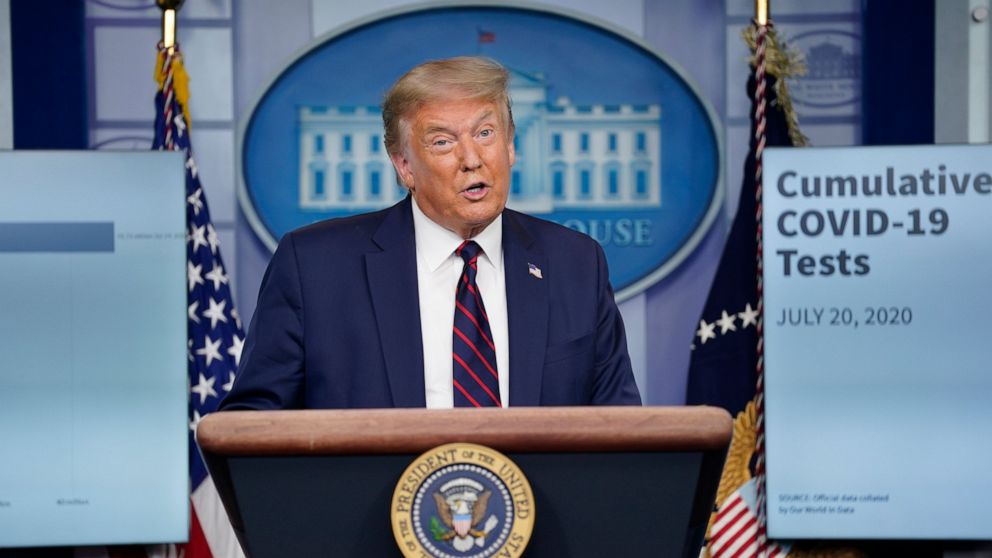
C.D.C. says the number of people infected ‘far exceeds the number of reported cases’ in parts of the U.S.
The number of people infected with the coronavirus in different parts of the United States has been anywhere from two to 13 times higher than the reported rates for those regions, according to data released Tuesday by the Centers for Disease Control and Prevention.
The findings suggest that large numbers of people who did not have symptoms or did not seek medical care may have kept the virus circulating in their communities. The study is the largest of its kind to date, although some early data was released last month.
“These data continue to show that the number of people who have been infected with the virus that causes Covid-19 far exceeds the number of reported cases,” Dr. Fiona Havers, the C.D.C. researcher who led the study, said in an email. “Many of these people likely had no symptoms or mild illness and may have had no idea that they were infected.”
The researchers analyzed samples from people who had routine clinical tests, or were inpatients at hospitals, in 10 cities and states for evidence of prior virus infection. About 40 percent of infected people do not develop symptoms, but they may still pass the virus on to others. The United States now tests roughly 700,000 people a day. The new results highlight the need for much more testing to detect infection levels and contain the viral spread in parts of the country.
Only a tiny percentage of Americans — including those in hard-hit areas — possess the necessary antibodies for immunity to covid-19, according to new CDC data. T

At least 1,120 coronavirus deaths were reported across the United States on Tuesday, the first time in July the single-day total had exceeded 1,000.
Officials in Nevada, Oregon and Tennessee reported their highest single-day death figures yet. Public health experts have warned for weeks that deaths would trail new cases by about a month and case counts have risen substantially since mid-June, when states began lifting stay-at-home orders and reopening businesses.

The U.S. military’s infection rate has tripled over the past six weeks.
Over 20,000 members have contracted the virus, and the infection rate in the armed services has tripled over the past six weeks. Cases are rising the most on military bases in Arizona, California, Florida, Georgia and Texas, all states that have seen surges in infections,

Trump says the virus will probably ‘get worse before it gets better.’
In his first virus-focused televised news conference since late April,Mr. Trump appeared before reporters to defend his track record, which has been widely criticized for his tendency to downplay the severity of the pandemic. Appearing without Vice President Mike Pence, Dr. Deborah Birx or Dr. Anthony S. Fauci, key members of his White House coronavirus task force, Mr. Trump also implored citizens — especially young people — to wear masks.
“Get a mask,” said Mr. Trump, who has been reluctant to wear them in public himself. “Whether you like the mask or not, they have an impact. They will have an effect and we need everything we can get.” Trump’s comment urging Americans to wear masks was a stunning departure from his past comments on wearing them. In recent weeks, he has disparaged masks as unsanitary and suggested that people who wore them were making a political statement against him.
Mr. Trump’s less dismissive comments about the pandemic reflected a dawning realization within his team that the virus not only is not going away but has badly damaged his standing with the public heading into the election in November. Approval of his handling of the pandemic has fallen from 51 percent in late March to 38 percent last week in polling by The Washington Post and ABC News.
Former Vice President Joseph R. Biden Jr., the presumptive Democratic nominee who now leads Mr. Trump by double digits, has assailed him in recent days for ignoring a devastating threat to the United States.
A study of patients in New York published in the journal JAMA reports that blood clotting problems may be significantly more common among Covid-19 patients than among those with other infectious diseases. And patients with blood-clotting problems were twice as likely to die, the study found.
